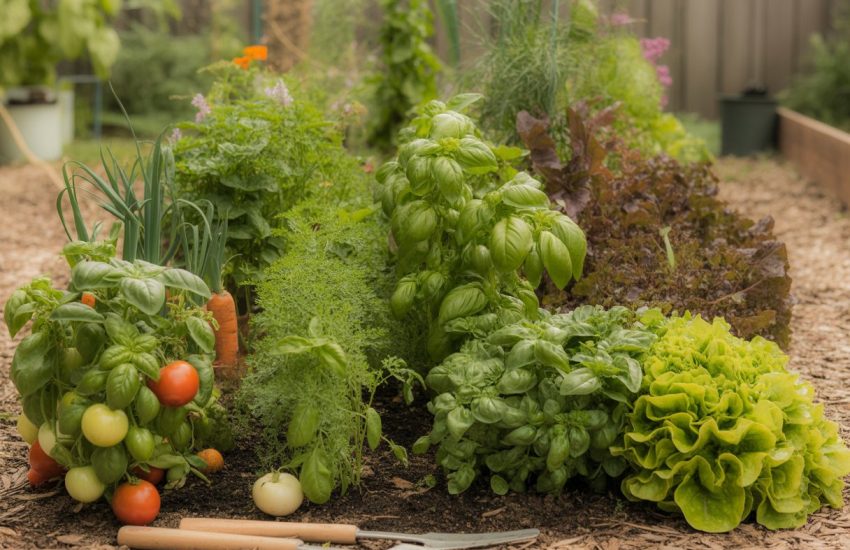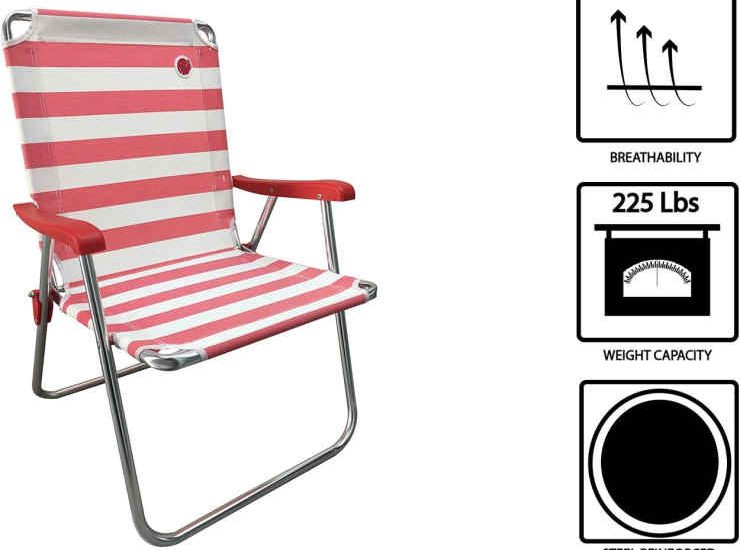Creating a Bird-Friendly Yard for Attracting and Supporting Local Wildlife
Creating a bird-friendly yard means offering food, water, shelter, and safe spaces that attract and support local birds. Planting native vegetation and adding clean water sources help birds feel secure and thrive.
When you minimize pesticides, your yard becomes a haven for wildlife.
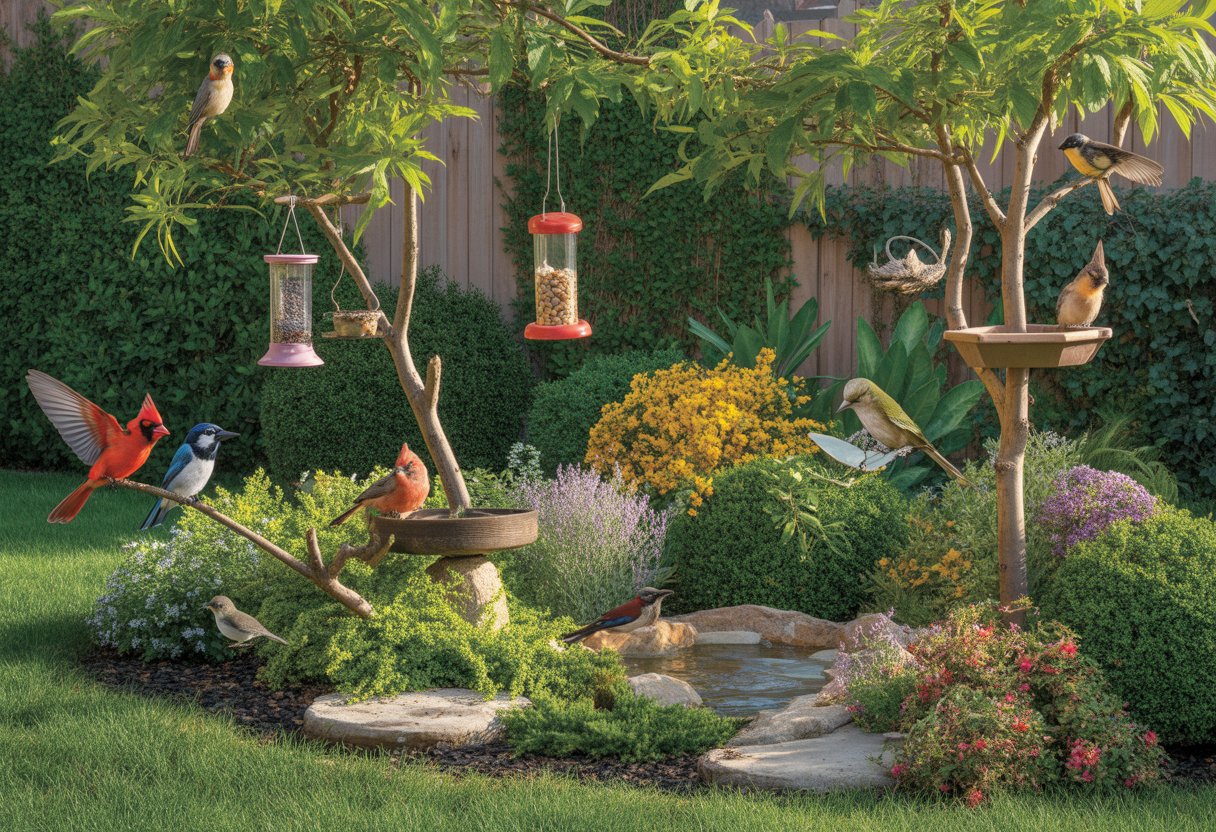
Birds love yards that mimic their natural habitat, especially those filled with plants offering seeds, berries, and insects. If you add bird feeders, birdbaths, and nesting boxes, you’ll see them visiting more often.
It really pays off to learn what birds in your area need. That way, you can tweak your yard to support them through all seasons.
Designing a Bird-Friendly Yard
Start with thoughtful plant choices, then add shelter and mix up the habitat. These steps help your yard support native birds and keep things in balance with local nature.
Selecting Native Plants
Native plants are honestly the backbone of a bird-friendly yard. They offer seeds, berries, nectar—everything local birds count on.
Try mixing in flowering plants, trees, shrubs, and wildflowers to create different layers. Birds use these layers for feeding and moving around.
When you choose native species, you also help the broader ecosystem. These plants attract native insects and wildlife, which is a big plus.
Skip the exotic plants; they can mess with your local habitat. A garden full of native plants keeps things balanced and lively all year.
Creating Shelter and Nesting Sites
Birds need safe spots to rest, hide, and nest. Dense shrubs, trees, and brush piles offer great natural shelter.
Mix up plant heights—some birds like ground cover, while others nest way up in the trees.
Add birdhouses suited for different species, especially if you don’t have big, mature trees. Place them with some thought: consider sunlight, protection from predators, and how easy it is for birds to get in and out.
Good nesting sites make it more likely birds will stick around and raise their young.
Building Diverse Habitats
Try to include open spaces, wooded patches, and maybe even a water feature. This combo brings in more bird species and insects, making food easier to find.
A shallow water source or a small pond helps with drinking and bathing.
Mixing things up like this also helps your yard handle seasonal changes and surprises. It’s a small patch, but it can become an important piece of your local ecosystem.
Providing Food, Water, and Resources
Birds need a steady supply of food, water, and safe living conditions. Think about where you put feeders, what plants you grow, and how you can attract helpful insects.
Setting Up Bird Feeders and Birdbaths
Put bird feeders where birds can see them but still have shelter from predators and bad weather. Tube feeders with mixed seeds or suet bring in a range of birds.
Ground feeders work well for sparrows and other seed-eaters.
A clean birdbath is a must. Keep the water shallow—about 1 to 2 inches—to keep birds safe.
Put birdbaths near shrubs or trees so birds can dash for cover if they need to. Clean them often to prevent bacteria and mosquitoes from taking over.
Growing Fruit and Seed-Producing Plants
Plants like blackberry, elderberry, dogwood, and holly produce fruits that birds love all year. Virginia creeper and honeysuckle add berries and a bit of shelter, too.
Seed-producing flowers and trees, like bee balm, offer nectar and seeds for both adult and young birds.
A mix of native plants keeps food coming and draws in a variety of birds.
Encouraging Beneficial Insects
Ladybugs and bees help your yard by pollinating and controlling pests—and they also feed the birds. Mealworms are another favorite for backyard birds needing protein.
Compost piles and insect-friendly plants boost insect diversity. Skip the chemicals, and you’ll help birds get the nutrients they need while keeping pests in check.
Maintaining a Safe and Sustainable Environment
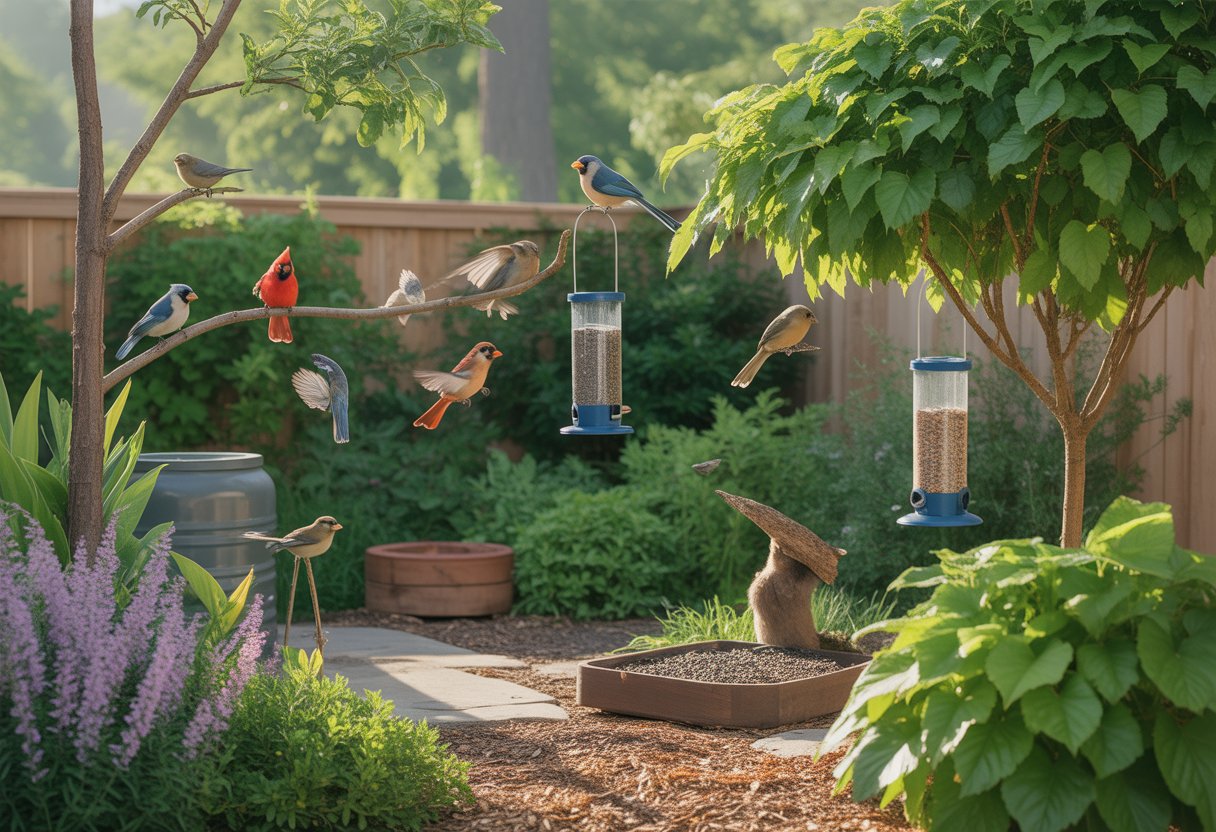
You’ll want to pay attention to chemical use, plant care, and changes in the environment. Every little detail matters when it comes to supporting wildlife and keeping your outdoor space enjoyable.
Reducing Pesticide Use and Supporting Ecological Balance
Cutting back on pesticides protects birds from harmful chemicals. Instead, let natural predators like ladybugs and spiders handle pests.
When you plant native species, you help keep things balanced by offering the right food and shelter. Avoid broad-spectrum insecticides to keep beneficial insects around—they’re part of the birds’ food chain, after all.
Use organic mulch and compost to boost soil health without adding anything toxic. Try arranging patio plants to naturally resist pests, so you won’t need as many chemicals.
Caring for Lawns and Vegetable Crops
Keep lawns bird-friendly by skipping excess chemicals and mowing less often. Letting some grass grow longer gives birds cover and extra insects to eat.
Toss clippings into the compost or just leave them to break down right where they fall.
Rotate crops in your vegetable patch to keep soil healthy and pests at bay. Companion planting—like putting marigolds near tomatoes—can help deter bugs without resorting to sprays.
Water plants early in the morning to prevent fungal problems. Try to avoid watering patios to keep mold away.
Drip irrigation saves water and gets moisture exactly where you want it.
Adapting for Climate Change and Local Conditions
Climate shifts can mess with bird migration and food supplies. It’s smart to adjust your planting times to match local weather and frost dates.
Go for drought-tolerant natives—they need less water and can handle tough conditions.
Keep birdbaths filled and move them into the shade to slow down evaporation.
Pay attention to local weather trends to decide when to prune or plant. Windbreaks can shield your garden during storms and make things safer for birds.
Observing and Enjoying Birds in Your Yard
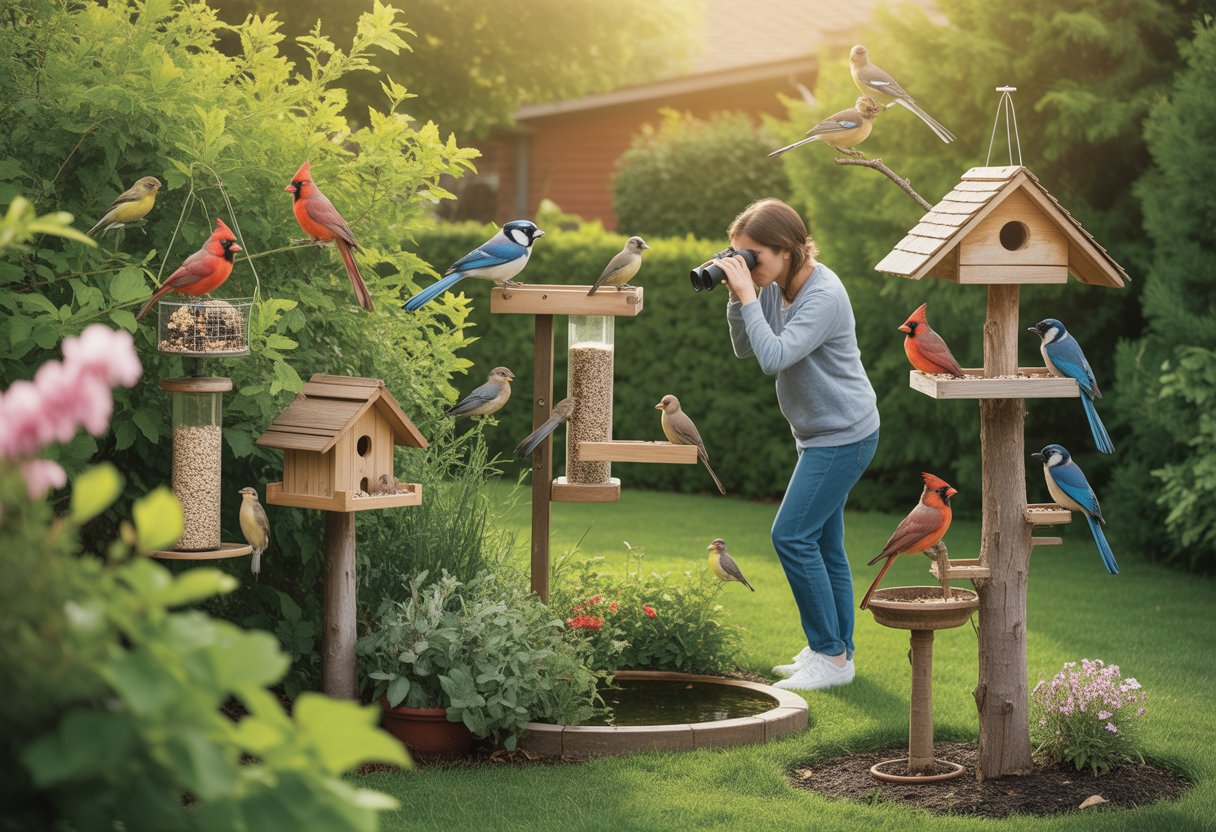
Watching birds up close is honestly fascinating. You start noticing their quirks, how different species behave, and how their numbers shift with the seasons.
Identifying Common Backyard Birds
It helps to learn the basics about the birds you see often. Goldfinches are tiny and super yellow in summer. Bluebirds have bright blue backs and rusty bellies, usually easy to spot.
House sparrows show up in brown and gray with streaky bodies—pretty common in city yards. Blackbirds are bigger, glossy black, and have a sharp call.
Songbirds are a mixed bag, with all kinds of colors and songs.
A bird guide or app makes it easier to match birds by color, shape, or sound. Snap a few photos or jot down notes—you’ll get better at ID’ing them over time.
Tracking Bird Activity and Seasonal Visitors
Birds come and go with the seasons. Spring and summer usually bring nesting songbirds and flashes of bluebirds.
When fall rolls around, you’ll spot migrating blackbirds and hungry sparrows stopping by for a snack. Their daily routines tend to peak in the early morning, then again in the late afternoon.
If you set out fresh water or switch up your feeders, you might notice them hanging around longer. Watching how they feed, preen, or sometimes belt out a tune can tell you a lot about what they want or how they’re feeling.
Jotting down dates and species in a notebook—nothing fancy—slowly builds a clearer picture of which birds call your yard home.

